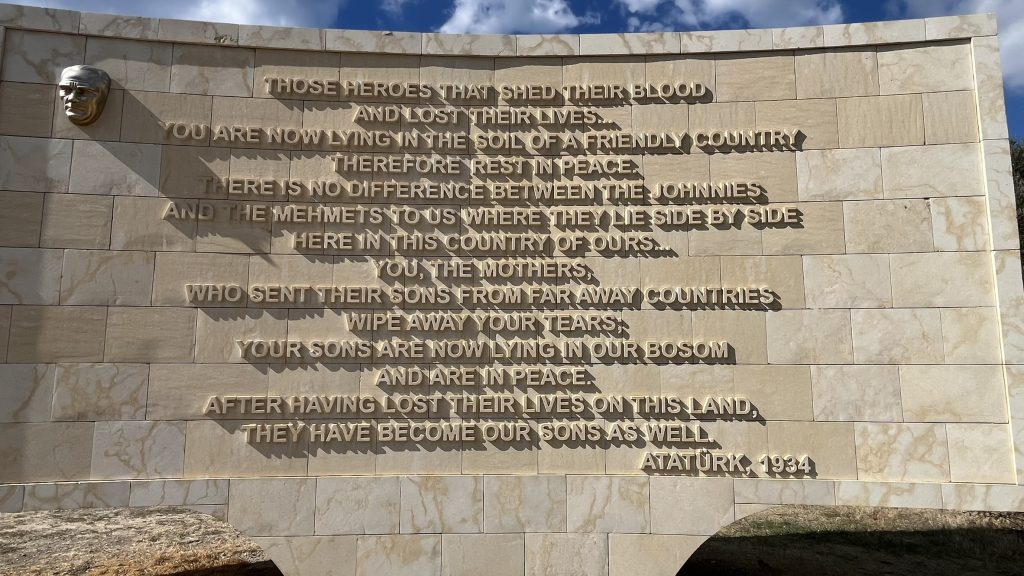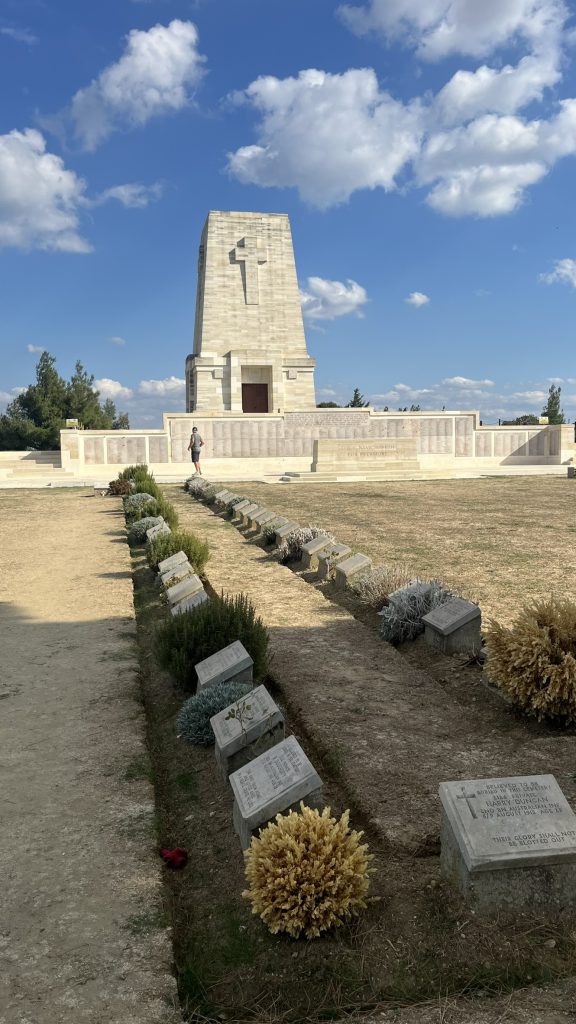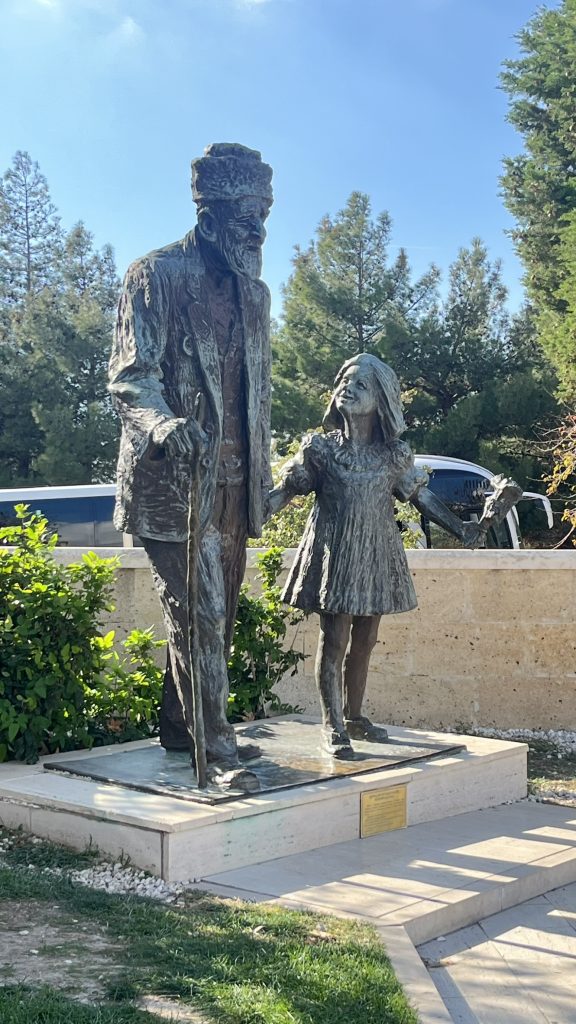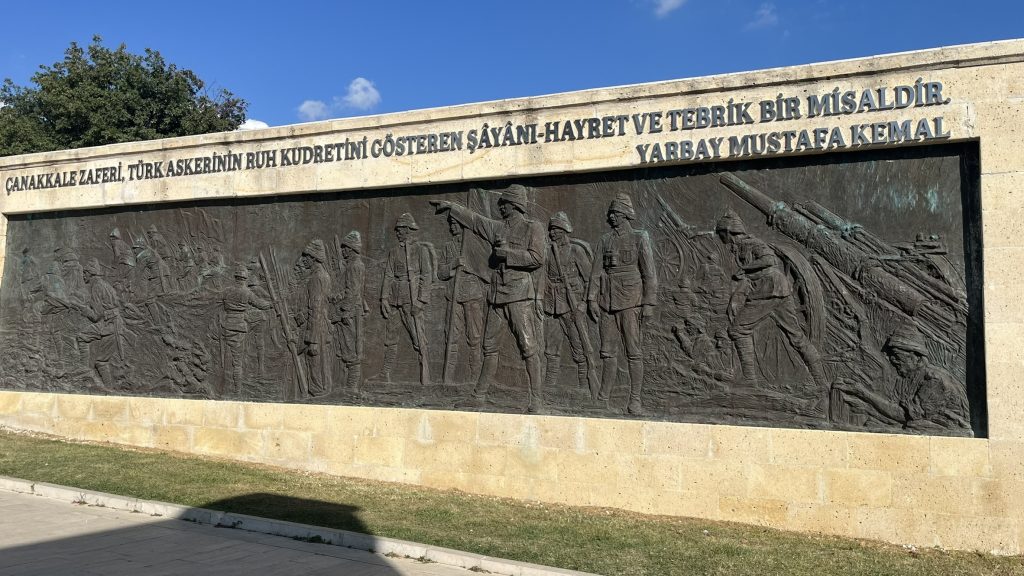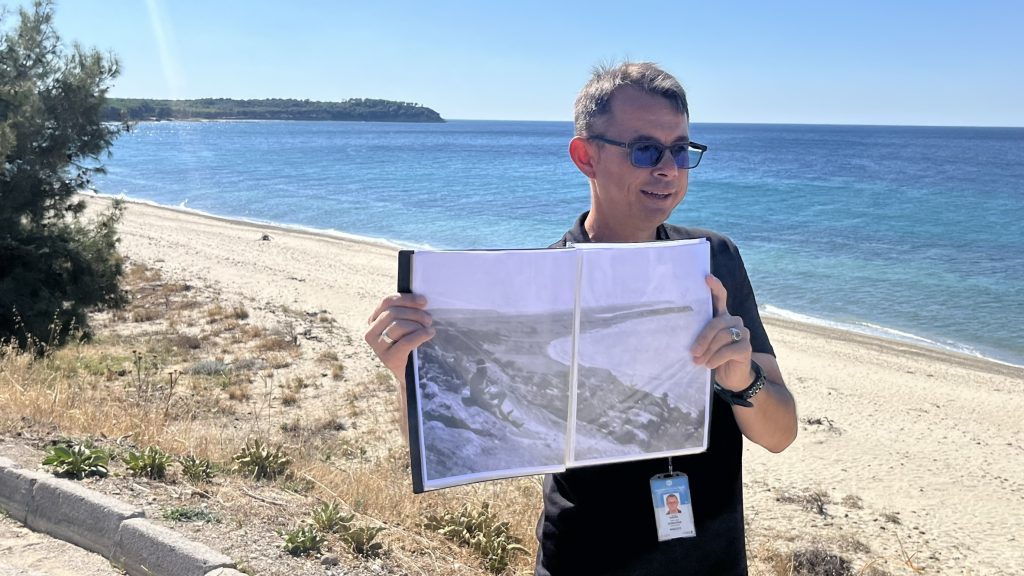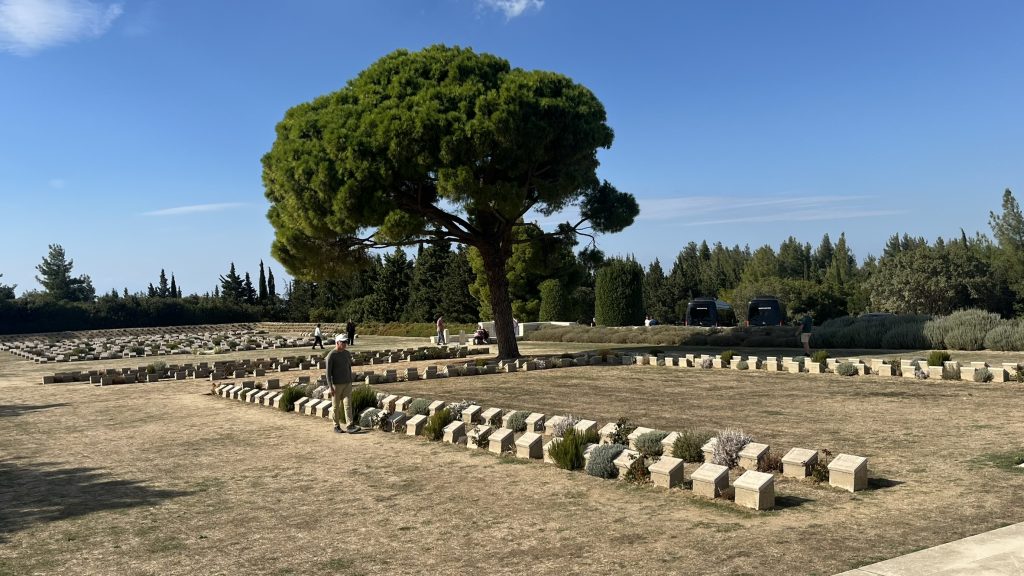“The soldiers’ graves are the greatest preachers of peace” ~ Albert Schweitzer
On my recent trip to Istanbul, I made a sojourn to Gallipoli Peninsula. For many Canadians, the Battle of Vimy Ridge during World War I is seen as a pivotal moment in the formation of their national identity. For many Australians and New Zealanders, Gallipoli holds a similar place in their hearts—it is their Vimy.
On April 25, 1915, Entente forces, composed mainly of British, French, Australian, and New Zealand troops, launched an amphibious invasion on the Gallipoli Peninsula in Turkey (then part of the Ottoman Empire). The objectives of the campaign were to open a new front against the Central Powers (Germany, Austria-Hungary, the Ottoman Empire, and Bulgaria), capture Constantinople (modern-day Istanbul), and secure a sea route to Russia.
The Gallipoli Peninsula is strategically significant because it borders the Dardanelles Strait, which connects the Sea of Marmara and the Black Sea. The operation, however, ended in failure for the Entente forces, resulting in heavy casualties on both sides. The campaign concluded with the withdrawal of Allied troops on January 9, 1916. According to Wikipedia, the total casualties for the Entente forces were 300,000 (with 56,707 dead), while the Ottoman side suffered 255,268 casualties (56,643 dead). On the Gallipoli Peninsula, there are 31 Commonwealth war cemeteries, along with numerous memorials. In addition, there are at least 20-25 Turkish cemeteries and memorials.
I learn much of history by reading. However, my fascination with Gallipoli began not with books, but with a film. In 1982, on a cool fall evening, a friend and I attended a screening of Gallipoli, starring Mel Gibson and directed by the brilliant Peter Weir, at the University of Waterloo. The film left me profoundly moved. During the walk back to our residence, I remained silent, overwhelmed by what I had just witnessed. The haunting soundtrack, Adagio in G Minor for Strings & Organ, may be the saddest piece of music I’ve ever experienced. The final freeze-frame of the film, when the young man went over the top to face certain death, has etched in my memory.
If I had ever made a bucket list of places to visit, Gallipoli would have been at the top. I am thankful that, about a month ago, I finally had the chance to walk on that hallowed ground.
The inscription is a quote attributed to Mustafa Kemal Atatürk, the first President of the Republic of Türkiye
Those heroes who shed their blood and lost their lives! You are now lying in the soil of a friendly country. Therefore rest in peace. There is no difference between the Johnnies and Mehmets to us where they lie side by side here in this country to of ours. You, the mothers, who sent their sons from far away countries wipe away your tears; your sons are now lying in our bosom and are in peace. After having lost their lives on this land they have become our sons as well.
Additional photos from Gallipoli
Related Sites
- The 1981 Gallipoli movie directed by Peter Weir and starring Mel Gibson.
- Gallipoli (1981) Music Video – Adagio In G Minor For Strings & Organ – Tomaso Albinoni
- The book Gallipoli by Alan Moorehead is a classic that depicts one of the most tragic battles in WWI.
- Wikipedia has a comprehensive page on the Gallipoli Campaign.
- The Commonwealth War Graves Commission (CWGC) has a listing of all the war cemeteries it maintains, including 31 of them in Gallipoli.
- I participated in a 10-day Battlefields Tour and Summer Institute in Normandy, sponsored by the Juno Beach Centre.
